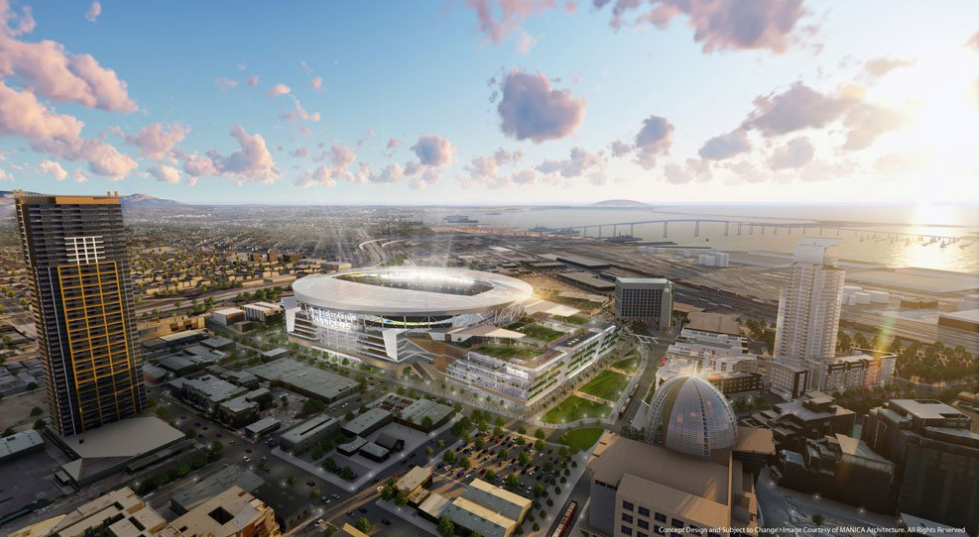Based on current polling numbers, the San Diego Chargers face an uphill battle in receiving voter approval for their proposed tax increase to fund a new stadium/convention center.
In some respects, it comes as little surprise that the numbers are against the Chargers. While the team easily surpassed the total number of signatures needed to land its proposal on the ballot, a review of an appellate court case by the California Supreme Court may require the Chargers’ plan to be approved by a two-thirds majority. The appellate court had previously ruled that the Chargers’ proposal would only need a simple majority for approval, because the tax increase was put forth by a non-governmental agency. What the Supreme Court is weighing is whether previous propositions, stating that tax increases for a specific purpose require two-thirds approval, apply to the Chargers.
San Diego voters are showing little appetite for the plan, which calls for the city’s hotel tax to be raised from 12.5% to 16.5% to cover the public’s share for the $1.8 billion project, which has $650 million in private money between the Chargers and the NFL. According to a poll conducted by SurveyUSA for the San Diego Union-Tribune and KGTV 10News, 40% of participants say that they are against the tax increase, compared to 30% who approve.
A lot can change between now and November–and it’s worth noting that 30% of those polled are undecided–but the Chargers have some issues to address. Aside from hoping that the Supreme Court reviews and affirms the previous appellate court ruling before Election Day, the team might have to sell voters on the downtown site. When asked in the poll where the facility should be built, 55% of participants said that they favored the current Qualcomm Stadium site in Mission Valley, compared to just 26% who approve of the Chargers’ proposed site.
Over the coming months, the team is likely to hit the airwaves with pro-stadium commercials, especially over the early phases of the football season. More from the Union-Tribune:
The Chargers certainly plan to exploit the power of the National Football League, the biggest brand in professional sports.
[Dan] Schnur, the political science professor, notes that political television advertising is far more effective during live sporting events, when viewers with digital video recorders are less likely to skip commercials.
Expect Chargers stadium ads — along with plenty of other political spots under equal-time rules — to edge out beer commercials this fall. Endorsements by popular former and active players are influential, too.
“The guy sitting in front of the TV in his Philip Rivers jersey screaming plays is probably a ‘yes’ vote,” Schnur said. “But others in the room may be swayed.”
Another factor that will come into play is turnout. Schnur noted that similar proposals tend to perform better amidst higher turnout–which is expected during a presidential election cycle–but it remains to be seen if that will benefit the Chargers, particularly if the team needs a two-thirds majority. As has been previously reported, city attorney Jan Goldsmith is expected to ask the court to render its ruling before Election Day.
RELATED STORIES: Chargers Meet Signature Requirement; Court Ruling Looms; Chargers Likely Facing Two-Third Majority for Stadium Approval; Chargers: 111,000 Signatures Means November Vote on New Stadium; Chargers Push San Diego Downtown Stadium at Rally; Preliminary Chargers Stadium Design Renderings Released; City Attorney Criticizes Citizens’ Plan; Chargers Meeting With Citizens’ Plan Advocates; Convadium Facing Local Scrutiny; Chargers Begin Stadium Initiative;Chargers Pitch “Convadium”

